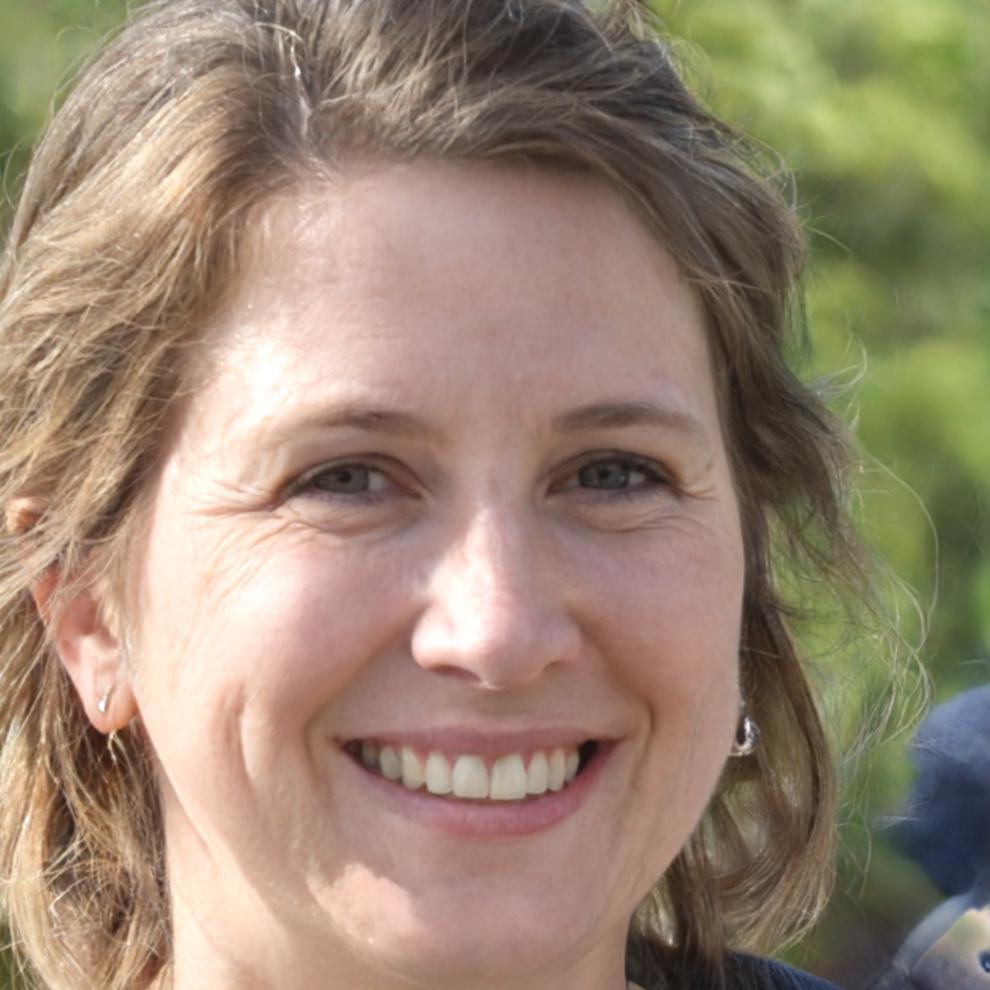Building Financial Foundations Through Business Model Mastery
We've worked with Australian businesses for seven years now. Most of them come to us wondering why their finances never quite match their effort. The answer usually sits in how their business model actually works.
Explore Our Program
Three Approaches We Actually Use
These aren't theoretical frameworks. They're patterns we see working for businesses across Port Macquarie and beyond. Each one fits different stages and situations.
Value Chain Restructuring
Sometimes your business model works fine but your value chain doesn't. We look at where money actually flows versus where it should flow. Last year, we helped a retail client discover they were subsidizing their least profitable category with margins from their best sellers.
Revenue Stream Diversification
Single revenue streams feel simple until they dry up. We guide businesses through adding complementary income without diluting focus. Think about how a consulting firm might add training revenue or a product business might explore licensing.
Cost Structure Optimization
This sounds boring but it's where most improvement happens. Fixed costs versus variable costs matter more than people realize. We've seen businesses transform profitability by shifting just two major cost categories from fixed to variable.

How Our Learning Actually Works
We don't do weekend intensives or crash courses. Real business model understanding takes time because you need to apply concepts to your actual situation and see what happens.
Our next cohort starts in September 2025. That gives you time to prepare your financial data and think about what you actually want to change.
Model Assessment Phase
We spend the first month just understanding your current model. No judgment, no quick fixes. Just detailed analysis of how money moves through your business.
Framework Application
Month two and three focus on applying frameworks to your situation. You'll test different scenarios using your real numbers, not case study examples.
Implementation Support
The final three months involve making changes and measuring results. This is where theory meets reality and you discover what actually works for your business.
Extended Success Stories
We track results for at least eighteen months after program completion. Short-term wins don't tell you much about whether changes actually stick.
Coastal Manufacturing Business
Started with us struggling to understand why growth wasn't improving profitability. Their revenue model looked fine on paper but cost structure was killing them. We spent six months restructuring how they priced custom work versus standard products.
Implementation Results
New pricing structure was in place. Custom work now had proper cost tracking. They lost two clients who only wanted underpriced custom jobs, but overall margin improved by 8%. More importantly, they understood their numbers for the first time.
Sustained Growth
They've maintained the changes and built on them. Added a third revenue stream through equipment leasing that we discussed but didn't implement during the program. They're now teaching their team the same financial thinking we worked through together.
Finding Your Starting Point
Most people come to us with a general sense that something's off financially. These questions help narrow down where to look first. There's no wrong answer, just different paths.
Are you growing revenue but not seeing profit improvement?
Do you have inconsistent cash flow despite steady revenue?
Who You'll Work With
We keep our team small deliberately. Everyone teaching has run businesses themselves and dealt with the financial complexities we help others navigate.

Eamon Threlkeld
Spent twelve years building and selling three service businesses before I understood why two succeeded and one barely broke even. Now I help others skip that expensive learning curve. My focus is on service business economics and how professional services should actually price their expertise.

Siobhan Quillan
Former CFO for a mid-sized manufacturing company where I rebuilt their entire costing system. That experience taught me how little most business owners understand about their true costs. I work with participants on building financial models that actually reflect how their business operates, not how accounting textbooks say it should.


September 2025 Cohort Opens in May
We only run two cohorts per year and cap each at twelve participants. That's not artificial scarcity, it's how many businesses we can properly work with at once. Next intake opens for registration in early May 2025.